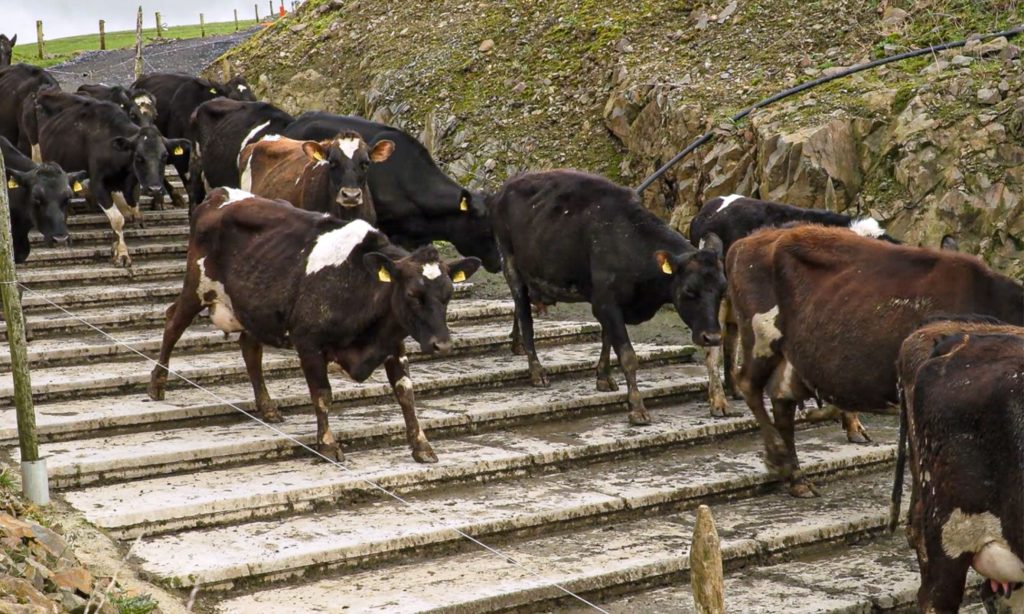
While some farms have already started calving, most aren’t expecting the first cows to calve until the first week of February.
The early stages of lactation mean that a number of cows will not be able to enter the tank and these cows need to be identifiable.
Spring is a busy time on farms, with cows calving and the increased workload that brings, which in turn brings an increased chance of mistakes being made, i.e. antibiotics entering the bulk tanks on farms.
These could be attributed to increased working hours, tiredness and poor identification.
A mistake like this, that is not caught before the lorry comes for collection, can be a major headache to deal with.
In order to help avoid mistakes like this, a plan to clearly identify cows whose milk cannot enter the bulk tank should be put in place on every dairy farm.

Making cows identifiable
Some of the newer milking parlours have systems in place that allow for milk to be diverted, but many farmers are not milking in these parlours.
A whiteboard or blackboard at the top of the pit with the cow’s freeze-band number and date that her milk can enter the tank is one simple way of keeping track for these farmers.
If cows are not freeze-branded, it may be something to look at doing, as it makes identification much easier.
However, cows should still be marked another way such as with a red band, red tape on her leg or red scrap on her udder.
One method that is becoming increasingly more common on farms is the use of different coloured bands on cows’ legs. These usually come in packs with five different colours: Yellow, red, blue, green, and orange.
These bands can be used a few different ways. For example, red could indicate milk that shouldn’t go into tank and orange could indicate a three-spin cow.
If you wanted to make it even easier, you could; orange could be used to indicate that the front spin on the leg the band is on is not to be milked, and the blue could be used to indicate that the back spin on the leg the band is on is not to be milked.
Yellow could mean a slow milker and green could be used on cows that are only to be milked once-a-day.
These bands can be very useful on farms where relief milkers are coming in or there is a number of staff milking the cows.
There is always a chance that a band falls off, which is why cows that have been treated with antibiotics should still be sprayed red to ensure they can be clearly identified.
Two herds
Another option to prevent mistakes from happening is to operate two herds during the spring.
One herd could comprise all the cows with milk suitable to enter the tank, while the other herd would comprise anything that is freshly calved, has been treated with antibiotics and cows with any other reason for their milk not entering the bulk tank.
This means that you do not have to look at each cow to determine if their milk can enter the tank or not.
Instead, you can milk the herd that has the milk that is allowed to enter the bulk tank, then remove the pipe from the tank and milk the second herd.
























